 |
| January 27, 2020 |
Dear Reader,
Chinese authorities have shut down all travel into and out of Wuhan, where the coronavirus likely originated, and about a dozen other cities. Experts are split on whether China's travel bans, which restrict the movements of around 35 million people will be effective and fair to residents. In Australia, indigenous communities and archaeologists fear thousands of historic Aboriginal sites and artifacts have been destroyed by the extreme fires that have ravaged large swaths of the country. And lastly, scientists look into how humans decide whether or not to cooperate with robots. |
| | Sunya Bhutta, Senior Editor, Audience Engagement
@sunyaaa | |
 |
| |
| |
| Physics What's Wrong with Physics A physicist slams hype about multiverses, string theory, and quantum computers and calls for more diversity in his field | | | | |
| |
| |
| |
FROM THE STORE
 | | Extreme Physics Physicists are pushing into the extreme ends of the universe as we know it—from invisible particles and colliding massive black holes to the most crushing gravitational forces ever detected and spooky quantum entanglement. The 14-billion-year-old tale of our universe is far from over, and in this eBook, we examine a wave of discovery and take a new look at old ideas.
Editor's Note: This Collector's Edition was published as Extreme Physics. The eBook adaptation contains all of the articles, but some of the artwork has been removed to optimize viewing on tablet devices. |  | | |
| |
| QUOTE OF THE DAY
 "The most important thing is to try and inspire people so that they can be great at whatever they want to do." Kobe Bryant, Basketball legend | |
| |
LATEST ISSUES
 |
| |
| Questions? Comments?  | |
| Download the Scientific American App |
| |
| |



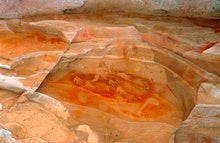

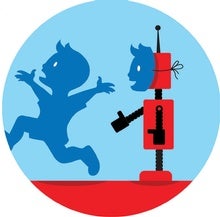


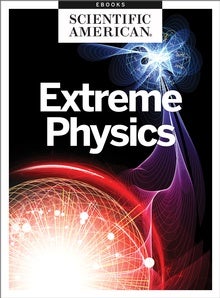

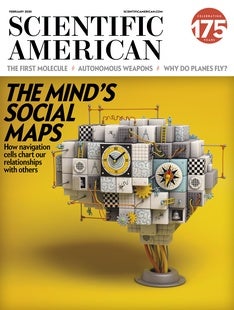


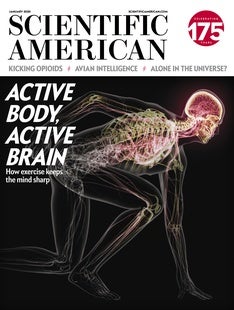
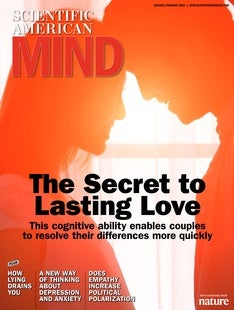



Comments
Post a Comment